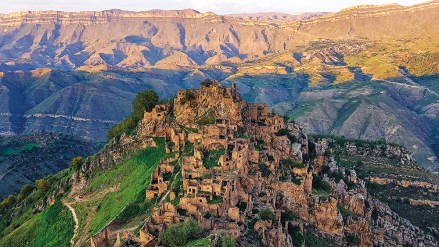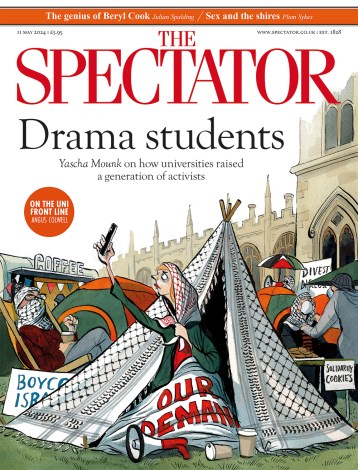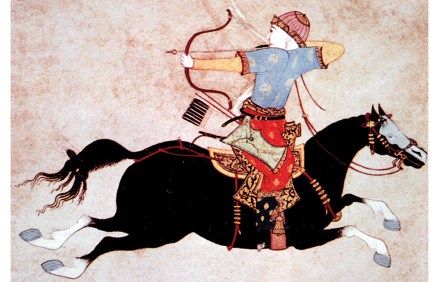Will the Caucasus ever be tamed?
How to get your head around that searingly beautiful but complicated land that lies between the Caspian and Black Seas? The early Arab historian Al Masudi called the Caucasus jabal al-alsun, the mountain of tongues, and through the centuries the place has certainly seen its fair share of peoples, many of them troublesome, many of them troubled. Indeed, for somewhere you might think would be a transcontinental backwater, its outcrops, secluded valleys and expansive plains usefully separating its formidable neighbours – Russia to the north, Turkey and Iran to the south – it’s proved remarkably busy over the centuries; also persistently relevant. The turbulence of the region is rarely far



